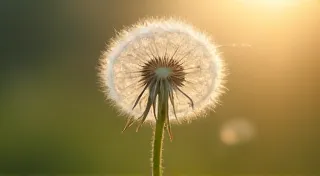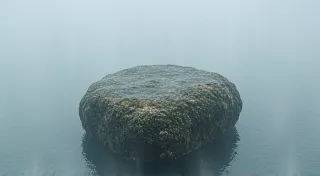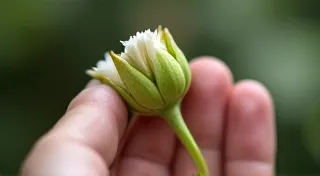Dyed in the Shadows: The Ethics of Natural Resources
The scent of simmering bark, the vibrant hues coaxed from flowers and roots – for centuries, textile dyeing wasn’t a science, but an intimate conversation with the earth. It was a ritual woven into the fabric of cultures, a testament to human ingenuity and our deep connection to the natural world. Think of the indigo-dyed fabrics of Japan, the crimson shades drawn from cochineal beetles in South America, the earthy tones of henna in India. Each color held a story, a heritage, a profound understanding of the environment. Today, as we rediscover these traditional dyeing techniques, we must also confront a crucial question: can we truly honor these ancient practices without causing harm?
My own fascination with natural dyeing began unexpectedly. I stumbled upon a small antique shop tucked away in a forgotten corner of Kyoto. Amongst the faded silks and chipped porcelain, a single bolt of fabric caught my eye. It was a deep, almost luminous indigo, unlike anything I’d seen before. The shop owner, a woman with eyes that held the wisdom of generations, explained it was a naturally dyed textile, the indigo painstakingly extracted from local plants. It wasn't just the color that captivated me; it was the understanding that a small community's livelihood, its history, its identity, was tied to this single hue.
The Allure of Natural Dyes: A Return to Roots
The rise of synthetic dyes in the 20th century brought affordability and a wider spectrum of colors to the textile industry. While undeniably impactful in democratizing fashion, this shift came at a devastating cost. Synthetic dyes are often derived from petroleum, a finite resource, and their production frequently involves toxic chemicals that pollute waterways and endanger human health. The allure of natural dyes, with their gentle palette and rich history, represents a conscious rebellion against this model—a return to a slower, more sustainable approach.
The beauty of natural dyeing lies not only in the colors themselves, but also in the process. It demands patience and observation. Understanding the nuances of plant chemistry, the impact of water pH, the influence of sunlight – these are the skills passed down through generations. It’s an alchemy of sorts, where the dyer acts as a facilitator, guiding the natural world to reveal its hidden artistry. Those truly seeking to understand the depth of this practice might find inspiration by exploring Echoes of the Past: Reinterpreting Ancient Dye Recipes, which delves into the historical techniques behind many traditional colorations.
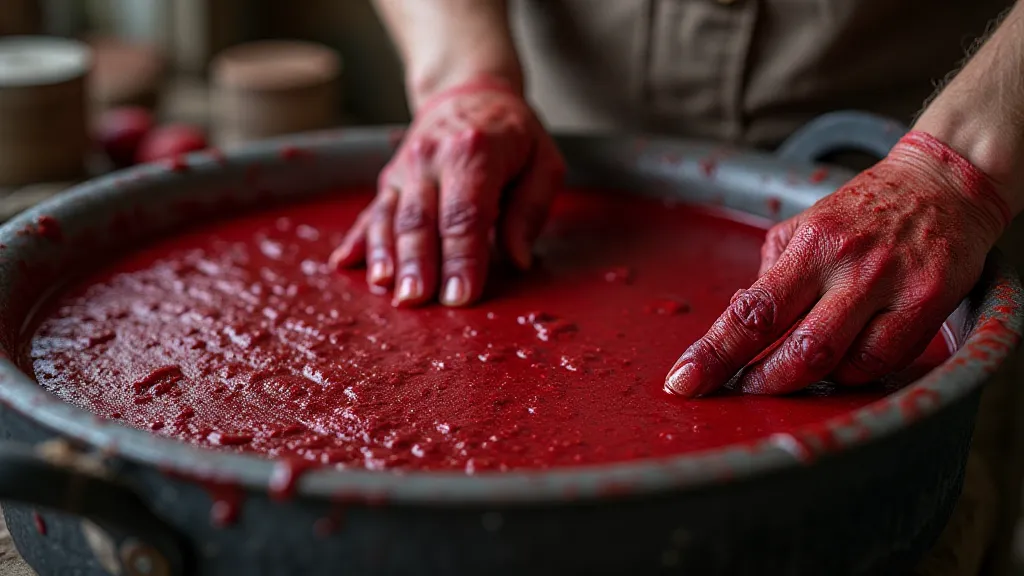
The Shadow of Unsustainable Practices
However, the resurgence of natural dyeing isn’t without its ethical complexities. The very act of sourcing natural dye materials can have a significant environmental impact. The unsustainable harvesting of plants like indigo or saffron can lead to deforestation, habitat loss, and the depletion of vital resources. Traditional methods, when scaled up to meet modern demand, can inadvertently replicate the exploitative practices they were intended to replace.
Consider the sourcing of certain dyes from remote regions. Often, these areas are inhabited by indigenous communities who rely on these plants for their own sustenance and traditional practices. The increased demand for these resources can disrupt delicate ecosystems and undermine the livelihoods of these communities, leading to conflict and social injustice. The very act of seeking “authenticity” – the ‘rustic charm’ of a specific place – can, ironically, contribute to its destruction.
The Case of Cochineal: A Delicate Balance
The history of cochineal, the insect that yields a vibrant crimson dye, provides a stark example of the ethical tightrope we must walk. For centuries, the dye was a prized commodity, driving economic booms and fueling colonial exploitation in Mexico and other parts of Latin America. The chromatic cartography of cochineal demonstrates the complexities surrounding its historical impact and sourcing. Today, while efforts are being made to promote sustainable cochineal farming, the legacy of its exploitation remains. Supporting fair trade practices and ensuring that indigenous communities benefit directly from the harvest is paramount.
The romantic ideal of ‘returning to nature’ can blind us to the very real consequences of our actions. It's insufficient to simply say "I want natural dyes." We must ask ourselves: where do these dyes come from? How are they harvested? Who benefits from their production? Are the communities involved truly empowered and respected?
Beyond the Color: A Holistic Approach
The path towards ethical natural dyeing demands a holistic approach. It’s not just about finding beautiful colors; it’s about fostering a relationship of reciprocity and respect with the natural world. This includes several key strategies:
- Prioritizing Locally Sourced Materials: Reducing transportation emissions and supporting local economies by utilizing plants and resources readily available within a specific region.
- Regenerative Agriculture: Employing farming practices that not only sustain but actively improve the health of the soil and biodiversity.
- Fair Trade Partnerships: Ensuring that artisans and farmers receive fair compensation and have a voice in the production process.
- Documenting and Sharing Knowledge: Preserving traditional dyeing techniques and sharing best practices to promote sustainable practices within the industry.
- Planting and Cultivating Dye Plants: Establishing nurseries to cultivate dye plants, reducing reliance on wild harvesting and ensuring a sustainable supply.
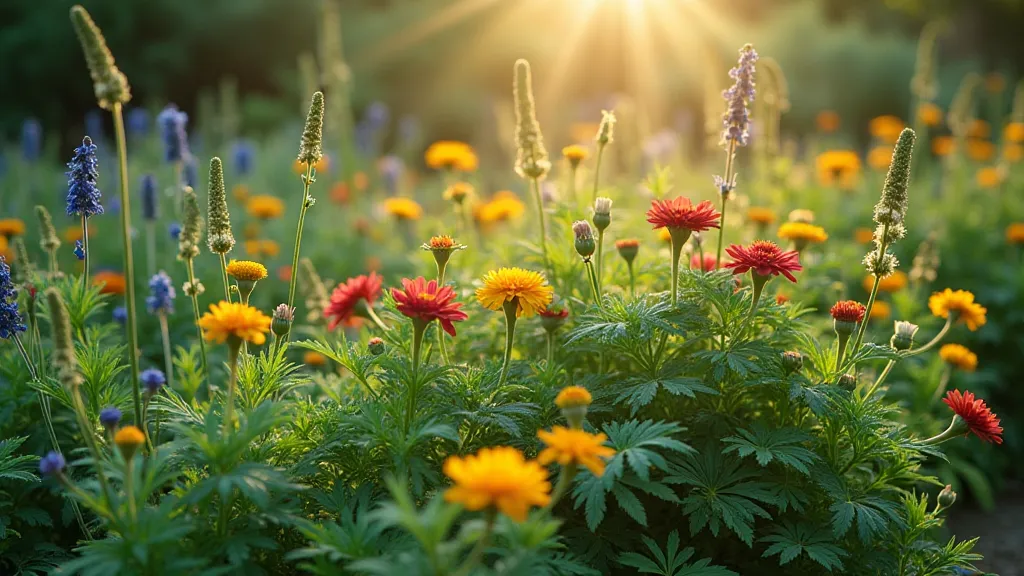
Restoration and Collecting: A Responsibly Curated Passion
For those who appreciate antique textiles dyed with natural materials, the responsibility extends beyond mere admiration. When collecting or restoring antique pieces, consider the provenance of the dyes. Research the history of the piece and the dyeing techniques used. Support restoration practices that prioritize sustainability, using natural cleaning agents and eco-friendly materials. Avoid contributing to the demand for illegally harvested or unsustainably sourced dyes.
Understanding the nuances of traditional color palettes is crucial for accurate restoration. The subtle variations in color achievable with natural dyes are a key aspect of their beauty and historical significance. Those fascinated by these historical colorations might appreciate learning more about The Echo of Madder: A Rooted Palette, which explores the deep connection between a specific plant and its cultural significance.
Restoring a piece of naturally dyed fabric is more than just cleaning and repairing. It’s connecting to the hands that created it, the community that cultivated the plants, and the landscape that provided the colors. It's a reminder that these textiles are not just objects; they are tangible expressions of human history and cultural heritage.
A Call to Action: Weaving a Sustainable Future
The journey toward ethical natural dyeing is an ongoing process, a continuous learning experience. It requires a willingness to question our assumptions, to challenge the status quo, and to embrace a more mindful approach to consumption. It demands that we move beyond the superficial allure of “natural” and delve into the complexities of its origins.
We can all play a role in weaving a more sustainable future for natural dyeing. Support ethical brands, ask questions about sourcing practices, and advocate for transparency within the textile industry. Let us celebrate the artistry of natural dyes while honoring the delicate balance of the ecosystems that provide them. Let's not dye in the shadows of exploitation, but illuminate a path towards a truly sustainable and equitable future for all.
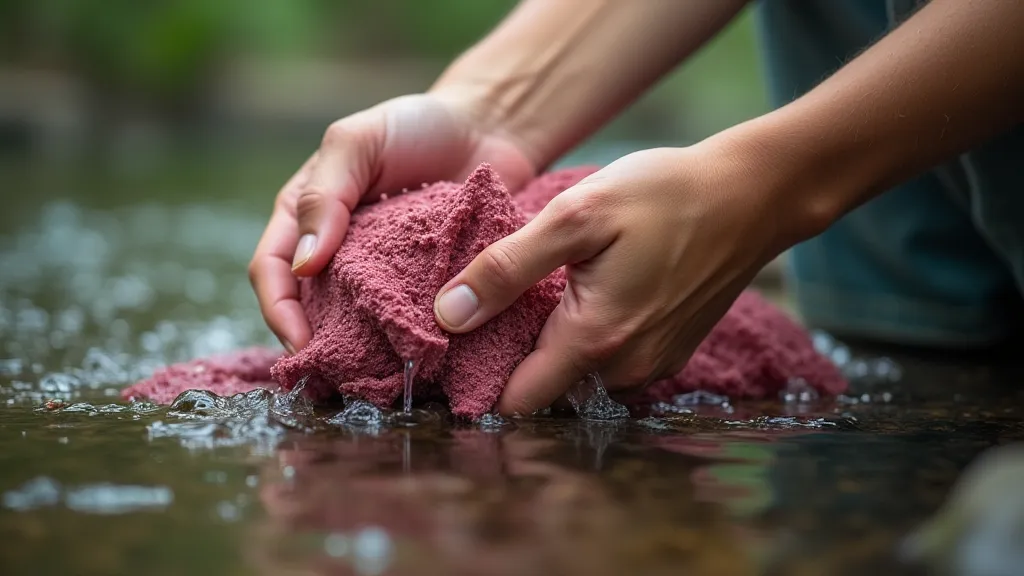
Further exploration into the artistry of natural dyeing can provide deeper insights and appreciation for the process. Consider examining the entire ecosystem involved, from the plant itself to the artisans who transform it, mirroring the complexities addressed in the chromatic cartography of cochineal. As a continuation of this exploration, it’s worth examining the practices that make the creation of natural dyes an art form, requiring a unique blend of skill and environmental understanding. Those seeking to understand this interconnectedness may find inspiration from Beyond the Hue: The Sensory Ecology of Dyeing, which explores the environmental factors influencing the dyeing process.
